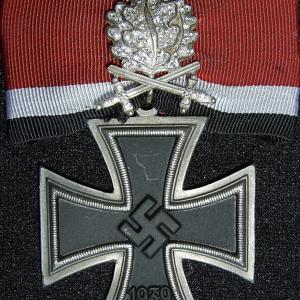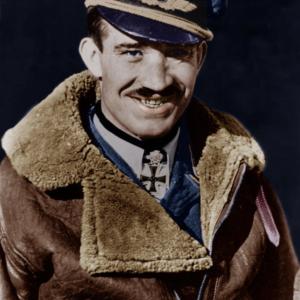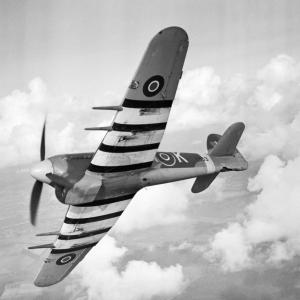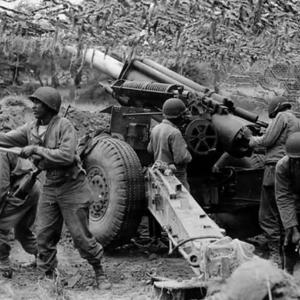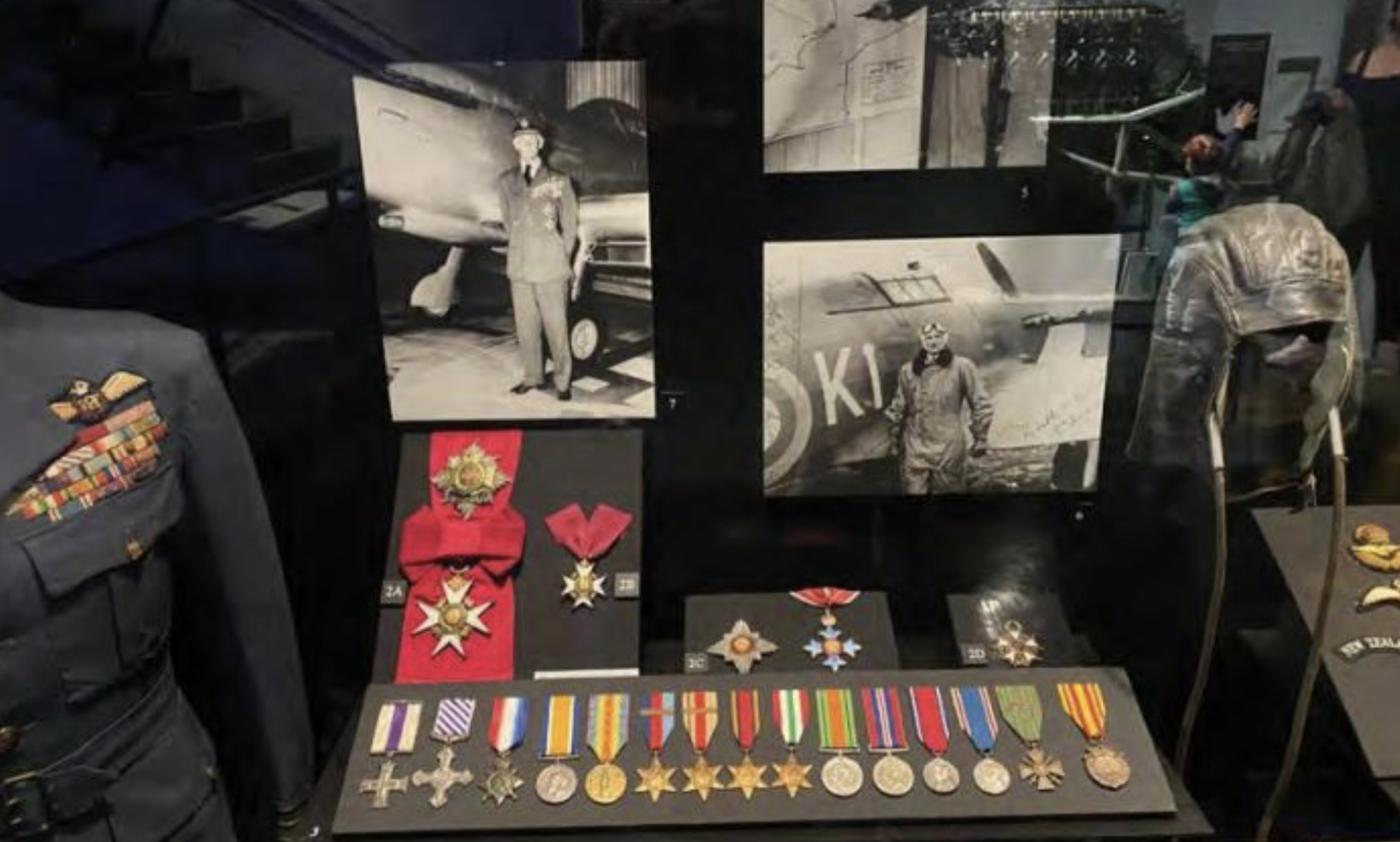
Air Chief Marshal Keith Parks
Air Chief Marshal Sir Keith Rodney Park was one of the most pivotal and effective leaders in the Royal Air Force during the Second World War. As the commanding officer of No. 11 Group RAF during the Battle of Britain, Park's tactical acumen and calm leadership played a decisive role in repelling the German Luftwaffe and ensuring Britain’s survival during its darkest hour.
Keith Park was born on 15 June 1892 in Thames, New Zealand, a small town on the North Island’s Coromandel Peninsula. His family were of Scottish descent, and he was the third son of a Scottish-born surveyor. Park was educated at King's College, Auckland, and later attended Otago Boys' High School. Before the war, he began a maritime career and later joined the New Zealand Army. He served in the Gallipoli campaign and on the Western Front during the First World War. After being wounded in 1916, he transferred to the Royal Flying Corps, the precursor of the RAF, which marked the beginning of his distinguished career in military aviation.
After the First World War, Park remained in the RAF as it became a permanent part of Britain's defense. During the interwar years, he developed a keen interest in air defense and fighter tactics. By the outbreak of the Second World War, he had risen to senior rank with a reputation for sound judgment and leadership. In April 1940, Park was promoted to Air Vice-Marshal and placed in command of No. 11 Group RAF, responsible for the air defense of London and southeast England, the area most exposed to enemy attack.
During the Battle of Britain from July to October 1940, Park’s command bore the brunt of the German air offensive. While Air Chief Marshal Hugh Dowding oversaw Fighter Command overall, Park was directly responsible for the rapid operational decisions that determined how Britain’s limited number of fighter aircraft were used. He developed an effective tactic of deploying small groups of fighters to intercept incoming raids, rather than committing mass formations at once. This approach allowed his forces to remain flexible and conserved precious aircraft and pilots.
Park made full use of radar intelligence and ground observation to guide timely interceptions. His methods were not without controversy. He clashed with other RAF figures such as Air Vice-Marshal Trafford Leigh-Mallory, who advocated for large "Big Wing" formations that took longer to assemble. Park argued these were impractical given the short warning time of incoming raids. Despite the disagreements, Park's tactics helped blunt the Luftwaffe's attacks and led to Hitler postponing and eventually abandoning Operation Sea Lion, the planned invasion of Britain.
In the aftermath of the battle, internal politics within the RAF led to the removal of both Park and Dowding from their commands. Park was reassigned to less prominent roles, but in 1942, he was given command of Malta’s air defense. Once again, he demonstrated his skill by defending the island from intense Axis bombardment and keeping it as a critical Allied base in the Mediterranean. By 1944, Park had been promoted to Air Chief Marshal and was appointed Commander-in-Chief of Allied Air Forces in Southeast Asia, where he oversaw air operations during the final stages of the war against Japan.
After retiring from the RAF in 1946, Park returned to New Zealand and served as a city councillor in Auckland. He remained active in veteran affairs and lived a quiet post-war life until his death on 6 February 1975 at the age of 82. Though not as publicly recognized as some of his peers, Park’s role in the Battle of Britain was crucial. Statues in London’s Trafalgar Square and in his hometown of Thames commemorate his service. His legacy is that of a determined and clear-thinking commander who, at a critical moment in history, helped secure the skies above Britain and shape the outcome of the Second World War.

